August 4, 2023
Palazzo d'Avalos: the prison overlooking the sea
Procida really has a lot to tell its visitors: its churches and old buildings bear witness to a history that has seen the splendour of an ancient nobility coexisting with the humility of seafaring peoples. Among these, Palazzo d'Avalos, located in Terra Murata, Procida's highest point, represents the symbol of a bygone era that has strongly marked the history of this small island in the Gulf of Naples.
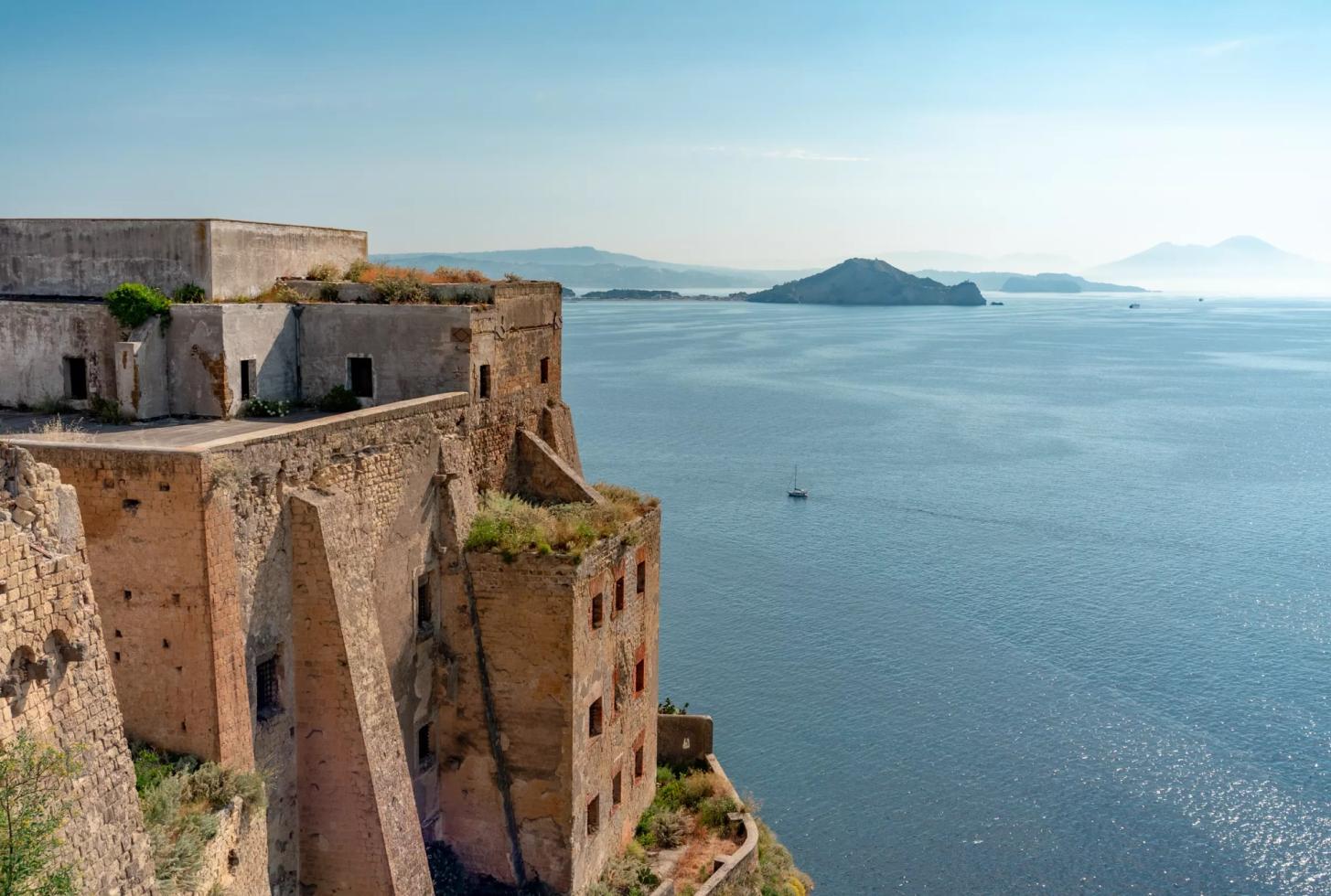
History
Palazzo d'Avalos is a historical building dating back to the late 1500s, commissioned by the family of the same name of Spanish origin that ruled Procida until 1700.
To fortify the island, which had been marred for centuries by the raids of Saracen pirates, Cardinal Innico d'Avalos had built an imponent palace to serve as both a stately residence and a fortress in case of attack. The building was surrounded by walls that allowed new access to the ancient village of Terra Casata: it has since taken its current name of Terra Murata, literally the 'walled land', the highest point on the island.
The only entrance to the palace is through the Portale di Ferro (Iron Gate), which is located at the end of the slope of Via del Castello, near the typical Belvedere with its cannons.
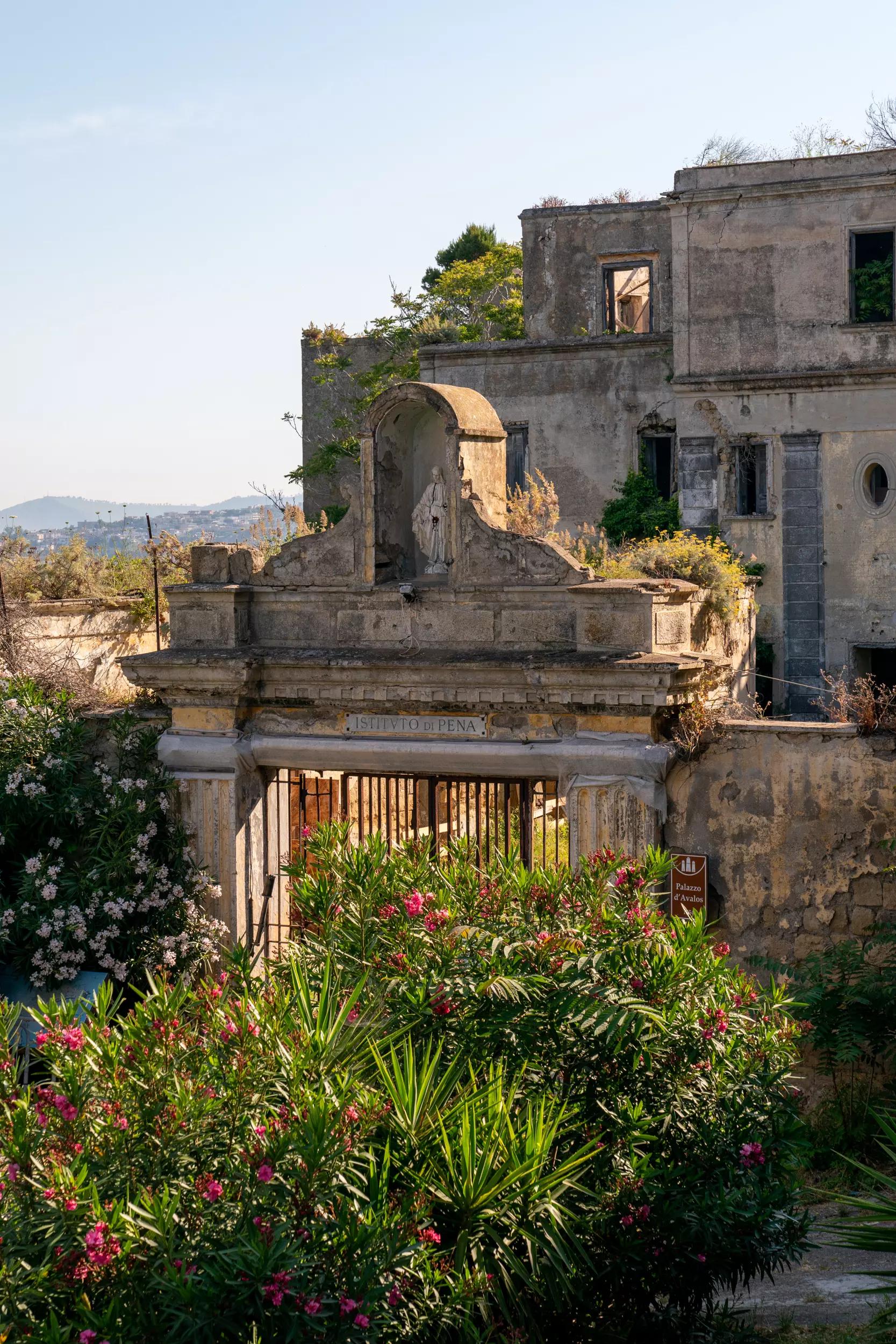
In 1736, the d'Avalos palace became the property of the Bourbon family, who acquired the island of Procida and confiscated the property from the previous feudal lords. The Bourbons used the estate as a lordly residence and imperial hunting reserve. With the Neapolitan revolution at the end of the 18th century, the fate of Palazzo d'Avalos changed radically and the building was turned first into a military school, then into a prison. This fate remained unchanged until 1988, when the Procida prison was closed and completely abandoned.
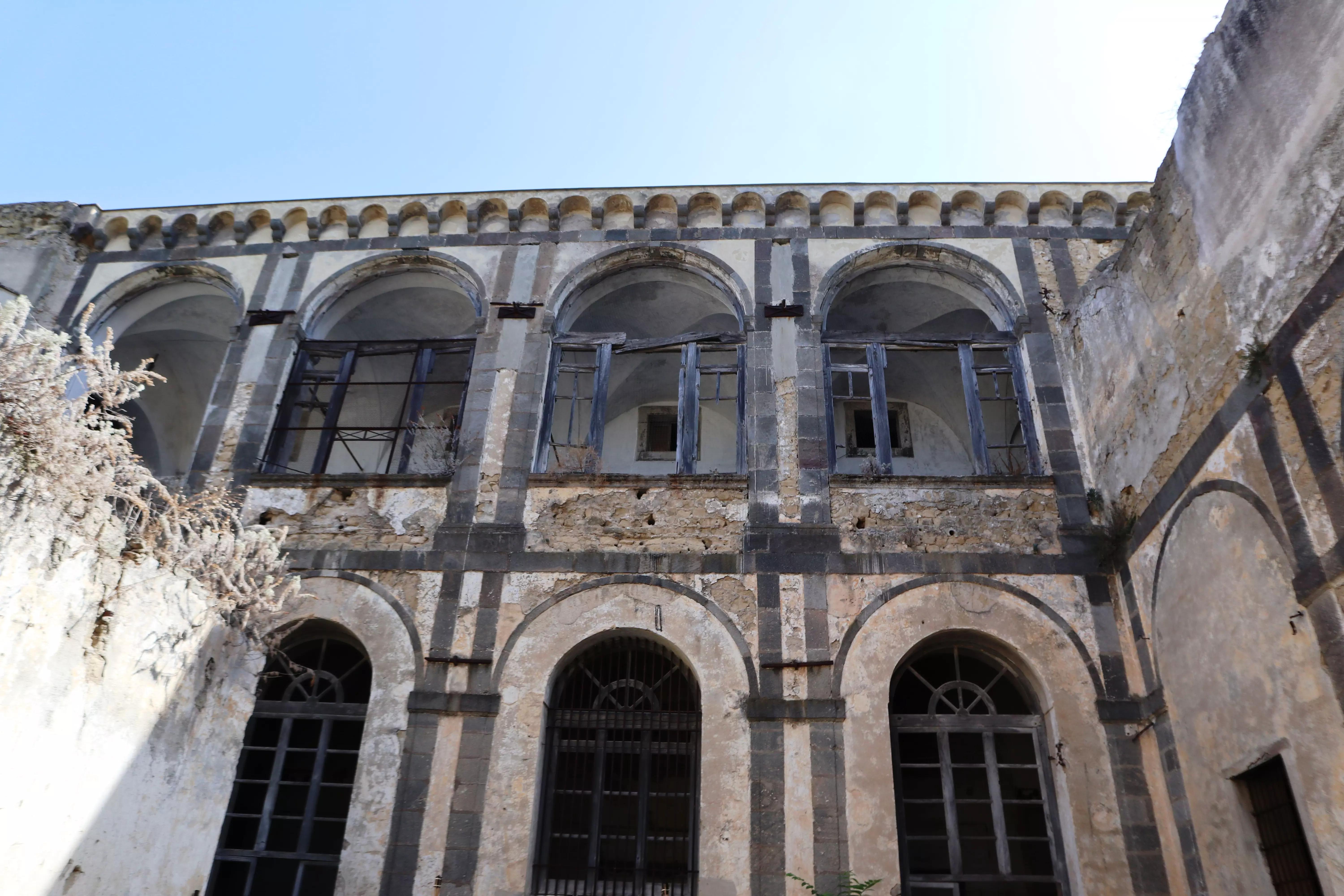
Since 2013, Palazzo d'Avalos has been owned by the Municipality of Procida, thus becoming state property. Today, it is being redeveloped and secured, with the aim of making the area accessible to tourists and residents. Despite the years of disuse, it is still a place of unquestionable charm, rich in testimonies that have remained intact over time.
This medieval building enjoys a marvellous view of the sea and every year attracts numerous visitors who are delighted and captivated by the evocative setting. Want to find out how to visit the Procida prison? Continue reading the article to discover all the details!

From elegant palace to 'suggestive' prison
The place was profoundly transformed over the years to be adapted to its new function as a penitentiary, a change passionately described during the guided tour available for Palazzo D'Avalos. Grates still visible today were added to the windows and doors and new spaces were created such as the hospital, the laundry and the textile mill, where inmates were engaged in processing linen and hemp. Inside, there are a number of relics that have remained intact to testify to the hard life behind the railings: rusty beds, shoes and clothes piled up, inmates' personal belongings, old sewing machines, the guards' uniforms, a surgery with still intact registers and dusty medicine bottles. In the courtyard one can still see the carcass of the truck that transported the prisoners, perfectly described by Elsa Morante in 'L'isola di Arturo'.

All this, and much more, can be admired not only with the eyes, but above all through the voice of a guide who will accompany you during your visit to the palace, so that you can identify with the story. Palazzo d'Avalos is one of Procida's most evocative places, its history living on through the breathtaking views of the sea that, we like to think, made forced imprisonment less painful.
The old Renaissance splendour of Palazzo d'Avalos belongs to another era: it seems almost like a faded dream, in stark contrast to the place of detention to which it was destined. Yet, if you decide to visit the former Procida prison, you will realise that it is precisely in this conflict between the imprisonment of the walls and the freedom of the sea that its charm lies.
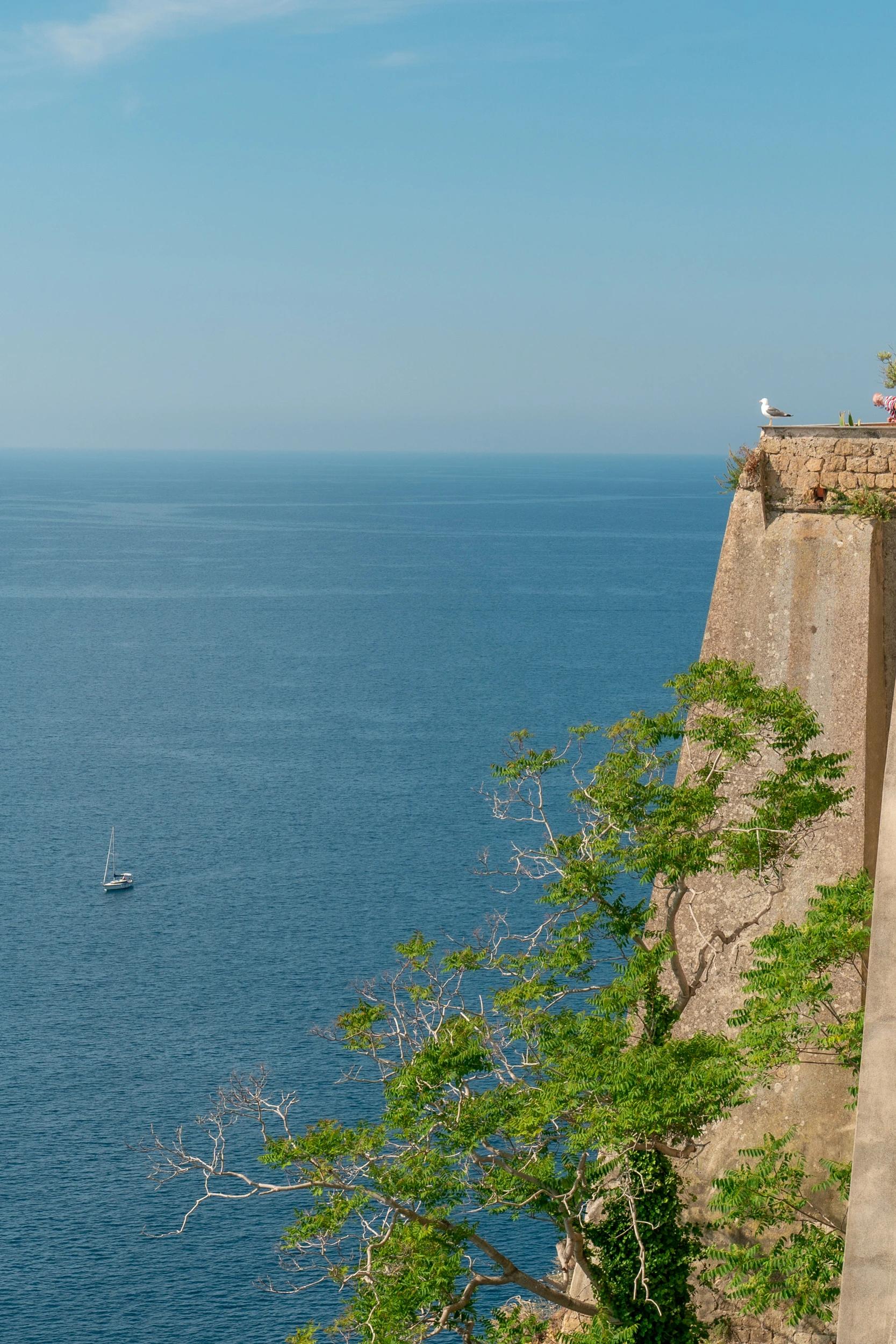
The testimony of Giacomo Retaggio
What was it like to be forced to live as a prisoner in such an evocative place? Giacomo Retaggio, a doctor and psychologist at the former prison for 25 years, who has also written a book about his experience, explains it very well. Stories and anecdotes of the more than 500 people who were imprisoned here, including at least 50 lifers, still live clearly in his memory.
The guides accompanying the tour tell them to visitors, creating an immersive experience in the atmosphere of the place.
Cinema and the arts have also exploited the potential of the place. Palazzo d'Avalos is the realm of contemporary art, as well as the venue for numerous exhibitions. Discover all the events!

Palazzo d'Avalos between art, cinema and culture
The incredible atmosphere of a building located on the tip of an island overlooking the sea has been captured in films to immortalise its charm.
In 1971, Palazzo d'Avalos was chosen as the film set for Nanni Loy's film 'Detenuto in attesa di giudizio', starring an iconic and unusually dramatic Alberto Sordi. No better location could have been chosen to shoot the prison scenes of a film of masterly denunciation of the Italian judicial and prison system.
Today, the Procida municipality's aim is to redevelop the area and create an innovative artistic and cultural centre. Precisely in this context, on the occasion of Procida Capital of Culture, the Palazzo hosted SprigionArti, an exhibition of contemporary art developed in five cells of the palazzo, curated by Agostino Riitano and Vincenzo de Bellis and featuring artists from the national and international contemporary scene.
Procida's former prison also hosts a work by painter Alfredo Pirri, inspired by dreams of liberation and rebirth. Its title is 7.0 because it was inaugurated precisely at 7 am. It is in fact at dawn that its deepest meaning is revealed, with the sun illuminating the glass plates in which feathers are trapped, a symbol of lightness and denied freedom.
The emotions that the works of contemporary art give off and the prison history they tell are the incentive to visit the former Procida Prison. Immerse yourself in the memories of the inmates through the smells of the rooms, the silence of a still life and the depth of the blue sea!
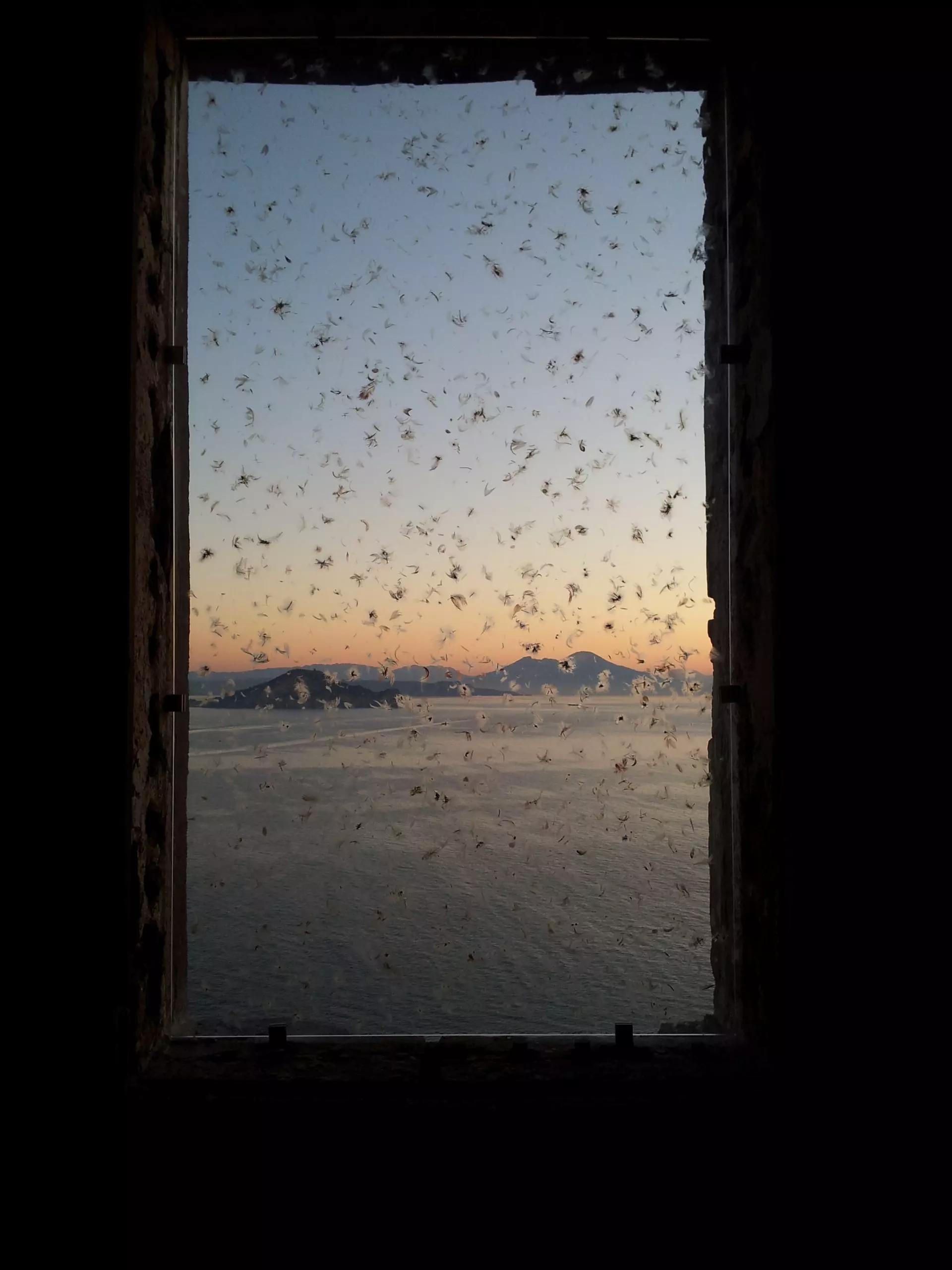
Why visit Palazzo d’Avalos
A visit to the Palazzo d'Avalos is a must during your stay in Procida: its great historical and anthropological value will make you look at the island with different eyes.
You will be left speechless when in its immense rooms you encounter the poetic but painful testimonies of a life of imprisonment. Admiring the panoramic viewpoints open onto the sea that seems to have no end will give you a sense of wonder and at the same time a veiled melancholy, a daydream interrupted by the bars that stand between your gaze and the horizon.
Visiting Palazzo D'Avalos, remembering how a stately building became a prison, is an almost unreal experience: the antithesis with the outside is overwhelming, the light and gentle sound of the waves contrasts with the austere halls inside. The feeling at the end of the visit is of having been suspended in a time gone by, of having entered for a moment into the unlived lives of other people, of having shared their daily lives and thoughts.You hold your breath, only to catch it again once you step outside those walls and rediscover the taste of freedom.
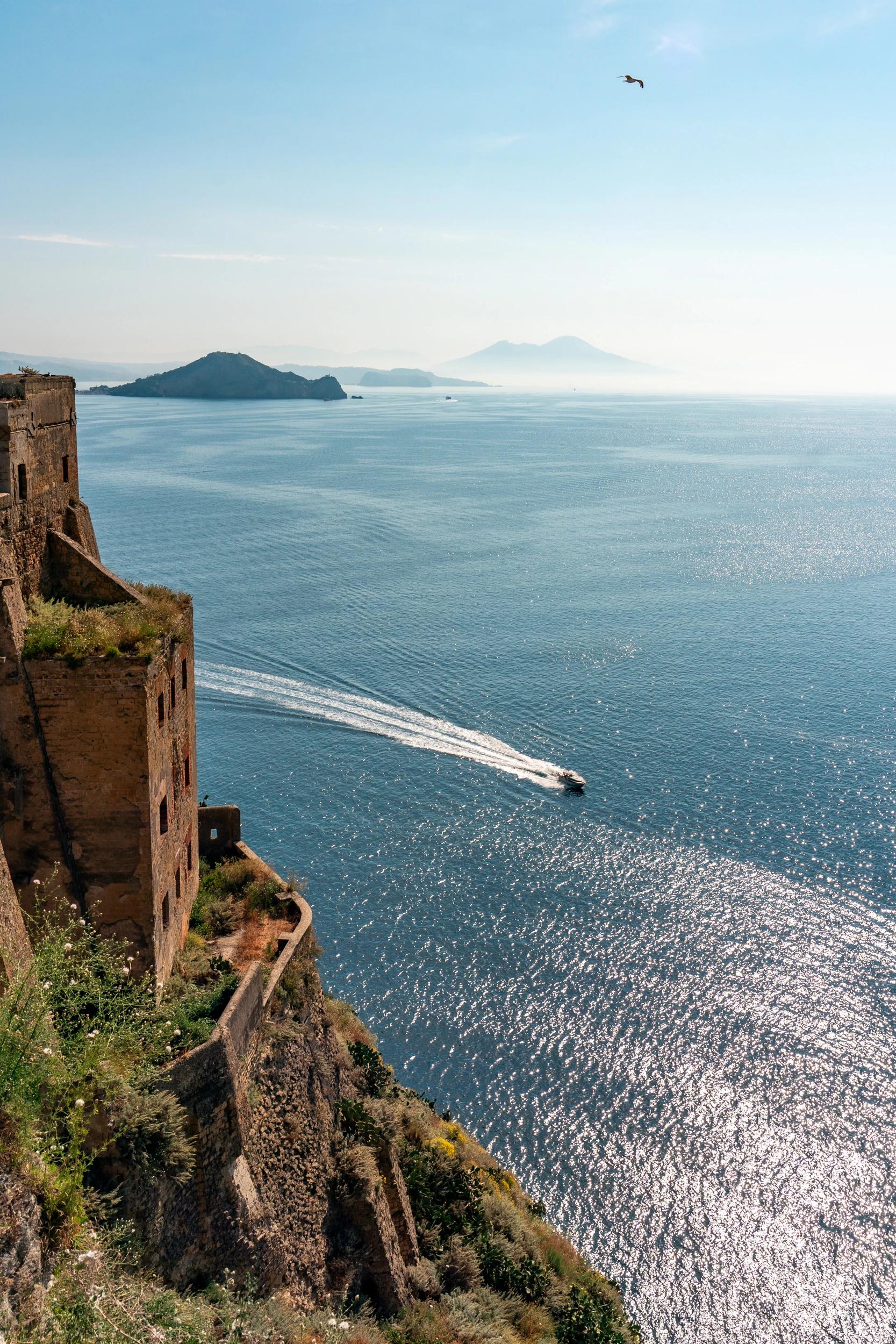
Useful information for your visit
Ready to immerse yourself in the history and evocative scenery of Palazzo D'Avalos? Here is some information for a unique experience!
First of all, remember that you must book your visit before 12 noon on the previous day. Not in time to buy your ticket? Choose to stay and visit the island: stay at Procida Camp & Resort, the comfort you deserve to make your holiday in Procida really special.
The times and conditions for visiting Palazzo D'Avalos can be found on the Procida municipal website, be wary of other unofficial sources! The guided tour lasts about an hour and every visitor strongly recommends it. Find out all the details!
Entrance location: Via Salita Castello
Procida tells its history to those who want to discover it with the calmness it deserves. Choose Procida Camp & Resort for your stay on the island: from our glamping sites it is easy to reach the village of Terra Murata and be captured by its charm!
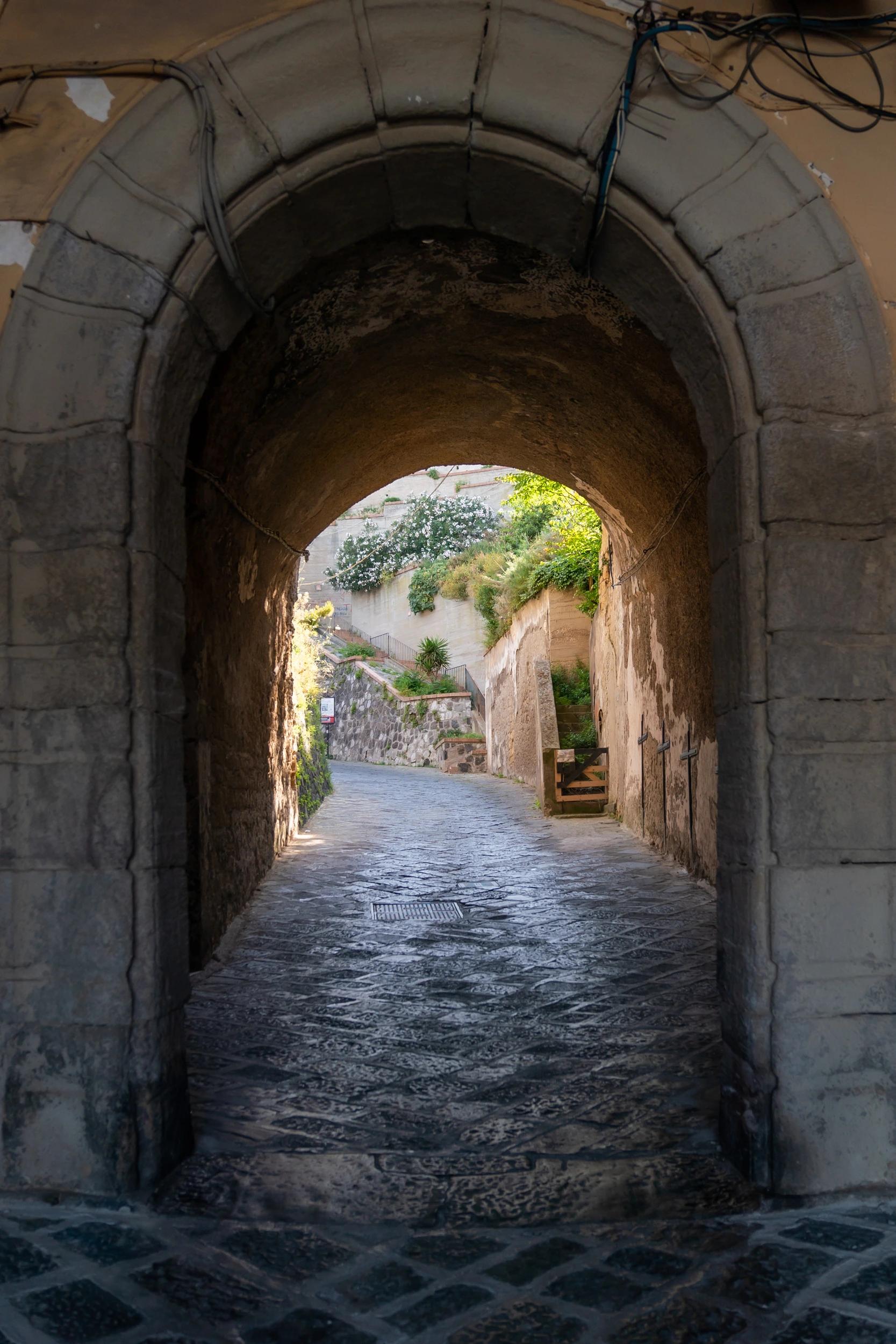
Footer
Mille Immobili s.r.l.
Via Santa Brigida 51
80133 Napoli (NA)
Tel. 0818101112
P.Iva: 02360120600
ㅤ
CIN La Caravella IT063061B2RBTWOJJ2
CIN Ciraccio IT063061B3HAZG59H4
ㅤ
